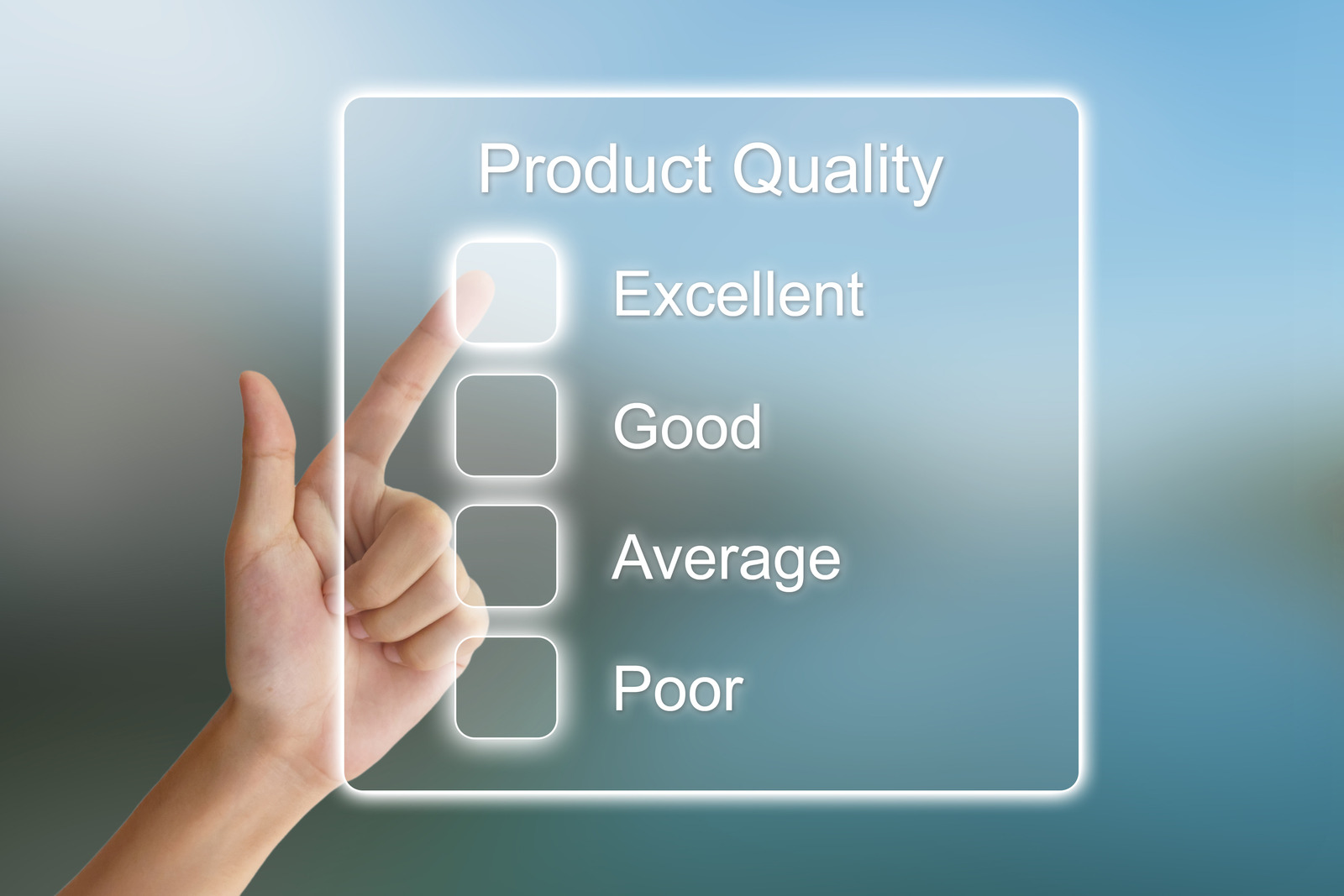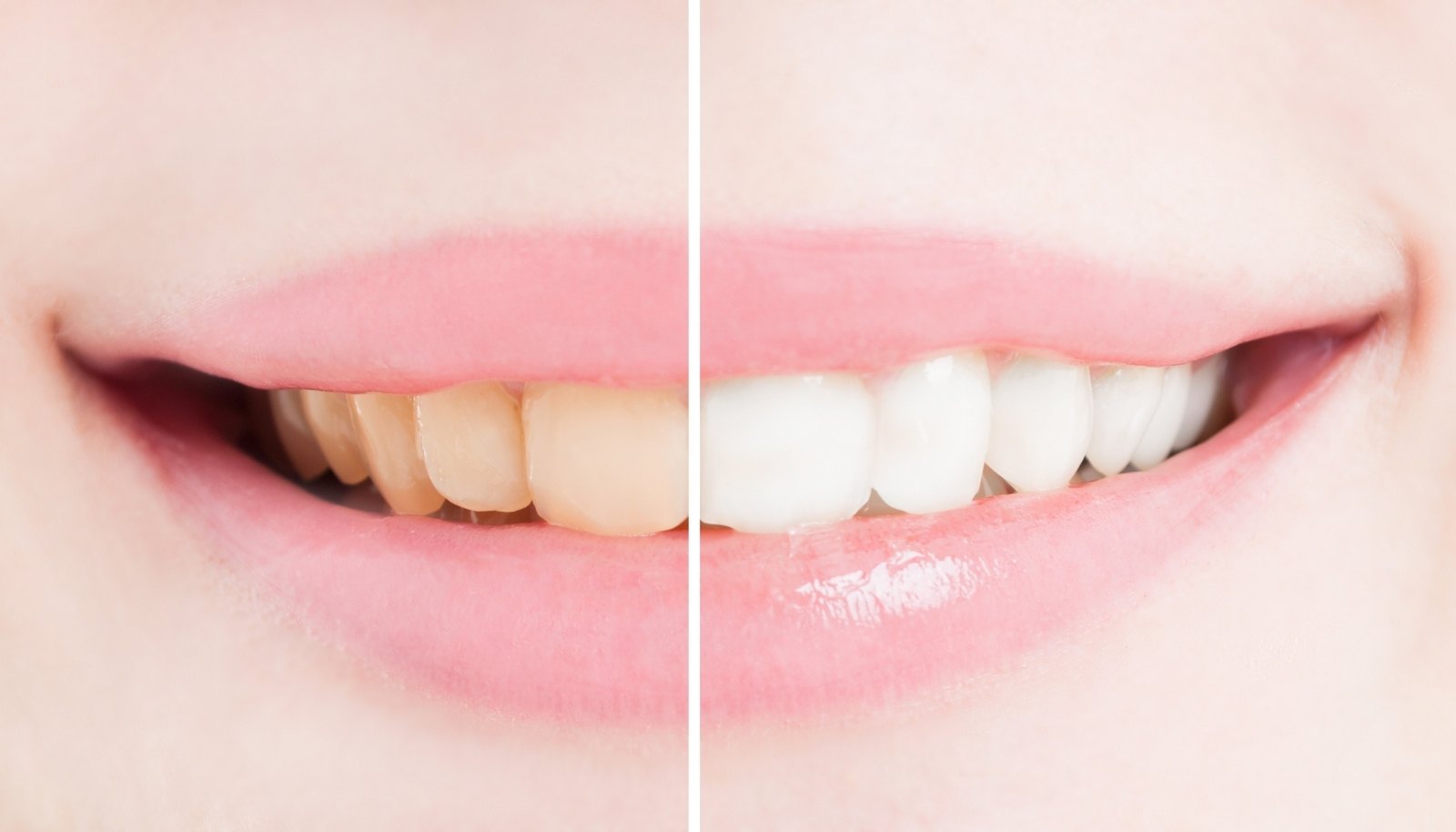Differences Between Supercritical Extraction And Solvent Extraction
Supercritical vs. Solvent Extraction: Key Differences
What’s the Difference Between Supercritical Extraction and Solvent Extraction?
The main difference lies in the solvents and the process used for extraction. Let’s break it down:
Solvent Extraction
- This method uses common organic solvents like ethanol, hexane, or methanol to extract compounds from raw materials.
- Solvents dissolve the target compounds effectively.
- The process operates under normal temperature and pressure—no special conditions are required.
Supercritical Extraction
- This method primarily uses carbon dioxide (CO2) as the solvent.
- CO2 is heated and pressurized to enter a "supercritical" state, where it behaves like both a gas and a liquid.
- Pressure and temperature are carefully adjusted to optimize solubility and extraction efficiency.
- This process requires high pressures and temperatures to maintain the supercritical state.
How Do We Use Supercritical Extraction?
Supercritical extraction uses supercritical CO2 to produce high-quality extracts. This method is ideal for industries like pharmaceuticals, food, and cosmetics where product purity is a priority.
What Solvents Do We Use in Solvent Extraction?
In solvent extraction, the common solvents are:
These solvents are chosen for their ability to dissolve specific compounds and their cost-effectiveness.
Benefits of Supercritical Extraction
- High Selectivity: You can adjust pressure and temperature to target specific compounds.
- Purity: Leaves no solvent residue, making it ideal for sensitive industries.
- Eco-Friendly: Produces less waste and has a lower environmental impact compared to traditional methods.
Main Differences Between the Two Methods
- Solvent: Solvent extraction uses organic solvents, while supercritical extraction relies on supercritical CO2.
- Control: Supercritical extraction offers precise control over extraction conditions, whereas solvent extraction is more straightforward.
- Conditions: Solvent extraction works at normal temperatures and pressures, while supercritical extraction requires high pressure and heat.
Environmental Impacts
Supercritical extraction is more eco-friendly since it produces minimal solvent residue. This makes it a better choice for industries aiming to reduce their environmental footprint.
In Simple Terms
Both methods aim to extract valuable compounds from raw materials, but the choice depends on your needs:
- If you want high purity and eco-friendliness, go for supercritical extraction.
- If you prefer a simpler, cost-effective method, solvent extraction might be the better option.
FAQs
Which industries use supercritical extraction?
Supercritical extraction is popular in pharmaceuticals, food, and cosmetics due to its high purity and eco-friendly benefits.
Is solvent extraction safe?
Yes, solvent extraction is widely used and safe when handled properly. However, residue from organic solvents may pose risks in certain applications.
Can supercritical extraction be used for all compounds?
Supercritical extraction works best for compounds that dissolve well in supercritical CO2. It may not be suitable for some polar compounds.
In conclusion, each method has its strengths and applications. Choosing the right one depends on your goals, budget, and environmental considerations.






